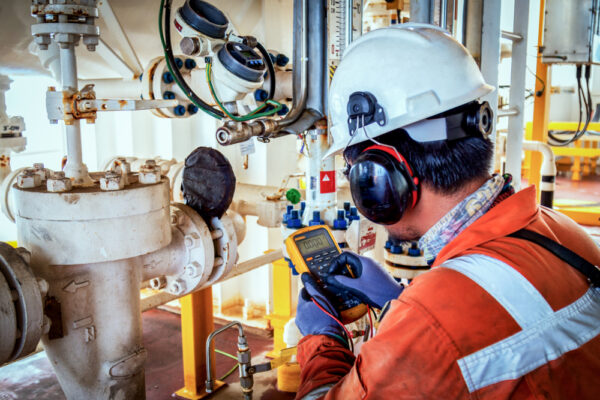Getting The Roar Solutions To Work
Getting The Roar Solutions To Work
Blog Article
Facts About Roar Solutions Revealed
Table of ContentsThe 2-Minute Rule for Roar SolutionsFacts About Roar Solutions RevealedThe 9-Minute Rule for Roar Solutions
In such an atmosphere a fire or explosion is possible when three fundamental conditions are satisfied. This is usually described as the "hazardous area" or "burning" triangular. In order to protect installations from a possible surge an approach of analysing and identifying a possibly harmful area is required. The function of this is to make sure the right choice and installment of tools to inevitably avoid an explosion and to make sure security of life.
(https://sandbox.zenodo.org/records/174151)
No tools should be mounted where the surface temperature level of the equipment is more than the ignition temperature level of the offered hazard. Below are some common dust dangerous and their minimum ignition temperature level. Coal Dirt 380C 225C Polythene 420C (thaws) Methyl Cellulose 420C 320C Starch 460C 435C Flour 490C 340C Sugar 490C 460C Grain Dirt 510C 300C Phenolic Material 530C > 450C Aluminium 590C > 450C PVC 700C > 450C Residue 810C 570C The likelihood of the risk existing in a concentration high sufficient to trigger an ignition will vary from location to location.
Harmful location electrical devices perhaps created for use in higher ambient temperatures. Field Repair By Authorised Personnel: Complicated screening might not be called for nevertheless certain procedures may need to be followed in order for the equipment to preserve its third celebration rating. Each piece of equipment with a hazardous ranking need to be evaluated individually.
Facts About Roar Solutions Uncovered
The equipment register is a comprehensive database of devices documents that includes a minimum set of areas to identify each item's location, technological parameters, Ex lover classification, age, and environmental data. The ratio of In-depth to Close examinations will certainly be identified by the Devices Risk, which is assessed based on ignition danger (the likelihood of a source of ignition versus the probability of a flammable environment )and the unsafe area classification
( Zone 0, 1, or 2). Carrying out a robust Risk-Based Assessment( RBI )method is essential for ensuring conformity and safety and security in taking care of Electrical Devices in Hazardous Areas( EEHA).
Roar Solutions - The Facts

In terms of explosive danger, a dangerous location is an atmosphere in which an eruptive atmosphere is existing (or might be anticipated to be existing) in amounts that need unique preventative measures for the building and construction, setup and use equipment. eeha courses. In this post we explore the obstacles faced in the work environment, the danger control actions, and the needed competencies to work safely
It is an effect of modern-day life that we make, save or deal with a variety of gases or liquids that are considered flammable, and a series of dirts that are deemed flammable. These materials can, in certain conditions, create explosive environments and these can have significant and awful effects. Many of us recognize with the fire triangle eliminate any one of the 3 elements and the fire can not happen, but what does this mean in the context of hazardous locations? When damaging this down into its most basic terms it is essentially: a mix of a particular amount of launch or leak of a certain material or product, blending with ambient oxygen, and the presence of a source of ignition.
In most instances, we can do little about the levels of oxygen airborne, but we can have substantial impact on sources of ignition, for instance electrical devices. Hazardous areas are recorded on the unsafe location classification illustration and are determined on-site by the triangular "EX" indication. Below, amongst other essential info, zones are split right into 3 types depending upon the threat, the likelihood and duration that an explosive environment will certainly exist; Zone 0 or 20 is deemed one of the most hazardous and Zone 2 or 22 is deemed the least.
Report this page